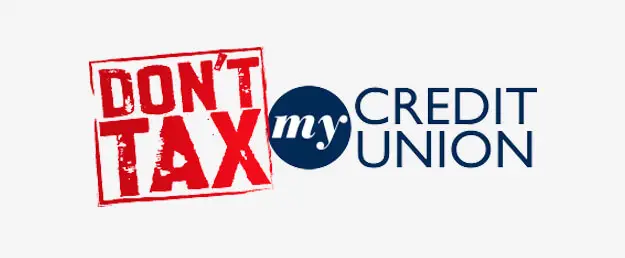It’s easy to get stuck in a rut with bills and loans. Especially when you’ve been working toward financial freedom for a long time. Whether you’re trying to pay off your mortgage, car, or credit card, we have some tips on how to refinance like a pro.
What does it mean to refinance?
Refinancing means you are replacing an existing loan “with a new loan that pays off the debt of the old loan.” And while that might seem counterintuitive, the way refinancing works is that the new loan should have a better interest rate than the old one. Ultimately, it puts you on a better path toward financial freedom.
Reasons to refinance
Of the many reasons to refinance, the underlying motivation should be to improve your overall finances and payments. And in everything from refinancing a mortgage to a credit card, other motivations can include lower interest rates, a shorter loan term, and consolidated debt.
It’s important to note that refinancing does not eliminate the total amount you owe or change the collateral required (if you used that on the loan in the first place). It can, however, help you lower your monthly payments and work toward eventual loan payoff.
How to refinance a mortgage
When it comes to refinancing your mortgage, you could also be motivated to get rid of mortgage insurance or switch from an adjustable to a fixed loan rate. As far as how to refinance a mortgage, there are a few steps to success.
First, decide your goal or ultimate motivation for the refi. Next, shop for the best mortgage rate (note: “best” here means the one that makes the most sense for your finances). Best practice includes applying with three to five lenders and “submit[ing] all applications within a two-week period to minimize the impact on your credit score.” Lastly, once you choose a lender, it’s time to lock in your interest rate and close on the loan.
How to refinance an auto loan
For cars, they “depreciate, while the cost of maintenance and repairs add up.” Which is why it makes sense to pay as little interest on the loan as you can.
When it comes to how to refinance an auto loan, start by checking your credit. As with most things, if your credit score is low, it could make it challenging to get a better loan. You should also make sure you fully understand the terms and details of your current loan. This includes knowing “details like how long your term is, what your current interest rate is, your minimum monthly payment, and the remaining balance on your loan.” As with mortgage refinance, the next step is doing your research with different lenders. Once you’ve chosen terms that make more sense, it’s time to apply and close.
How to refinance your credit card
Refinancing a credit card is often referred to as consolidating credit card debt. The concept is the same as refinancing a home or auto loan. But in this case, it’s “a strategy that takes multiple credit card balances and combines them into one monthly payment.”
There are a few main ways to refinance your credit card and consolidate debt. One is refinancing with a balance transfer credit card, such as one that has a low introductory rate. Another option is to consolidate with a personal loan, which can give you a “lower APR on your debt or help you pay it off faster.” You can also tap into home equity or start a debt management program.
Trust the pros at DEXSTA
Get in touch today to go over your options with the DEXSTA professionals. And get one step closer to financial freedom.





